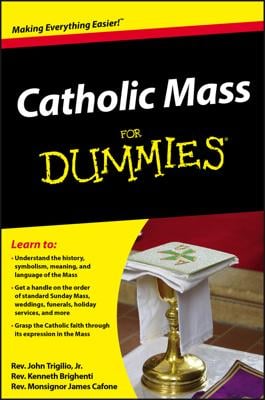From 1563 until 1965, the Catholic Mass was said entirely in Latin. Now, Catholics worldwide celebrate the Mass in their own native language. That huge change resulted from Vatican II, more formally known as the Second Vatican Council (1962–65). Vatican II allowed congregations to use the native language of the area (the vernacular) in public worship of the Church, while preserving the rich Latin language and tradition.
Having the Mass in one language anywhere and everywhere all over the world made it easy for Catholics to travel and feel truly catholic (or universal). But Latin wasn’t universally taught in the schools like it used to be, so many people didn’t know any Latin at all. That’s why the Church allowed for the native language — to promote a full, conscious, and active participation of the faithful in all the prayers, hymns, and responses of the Mass all over the world. Since Vatican II, Catholics have been asked — and are strongly encouraged — to participate fully in the Mass, not just to physically attend.
Just as Hebrew is still used by American Jews and Greek by American Eastern Orthodox Christians, Latin is still the official and traditional language of Roman Catholics. Anything coming from the Vatican and applying to the universal Church is written in Latin. The original Latin version becomes the typical edition on which all translations must be based. This applies to all official documents concerning doctrine, worship, and law.

